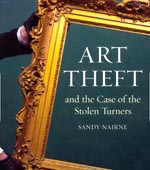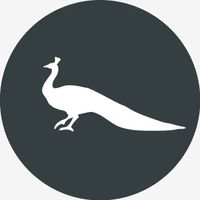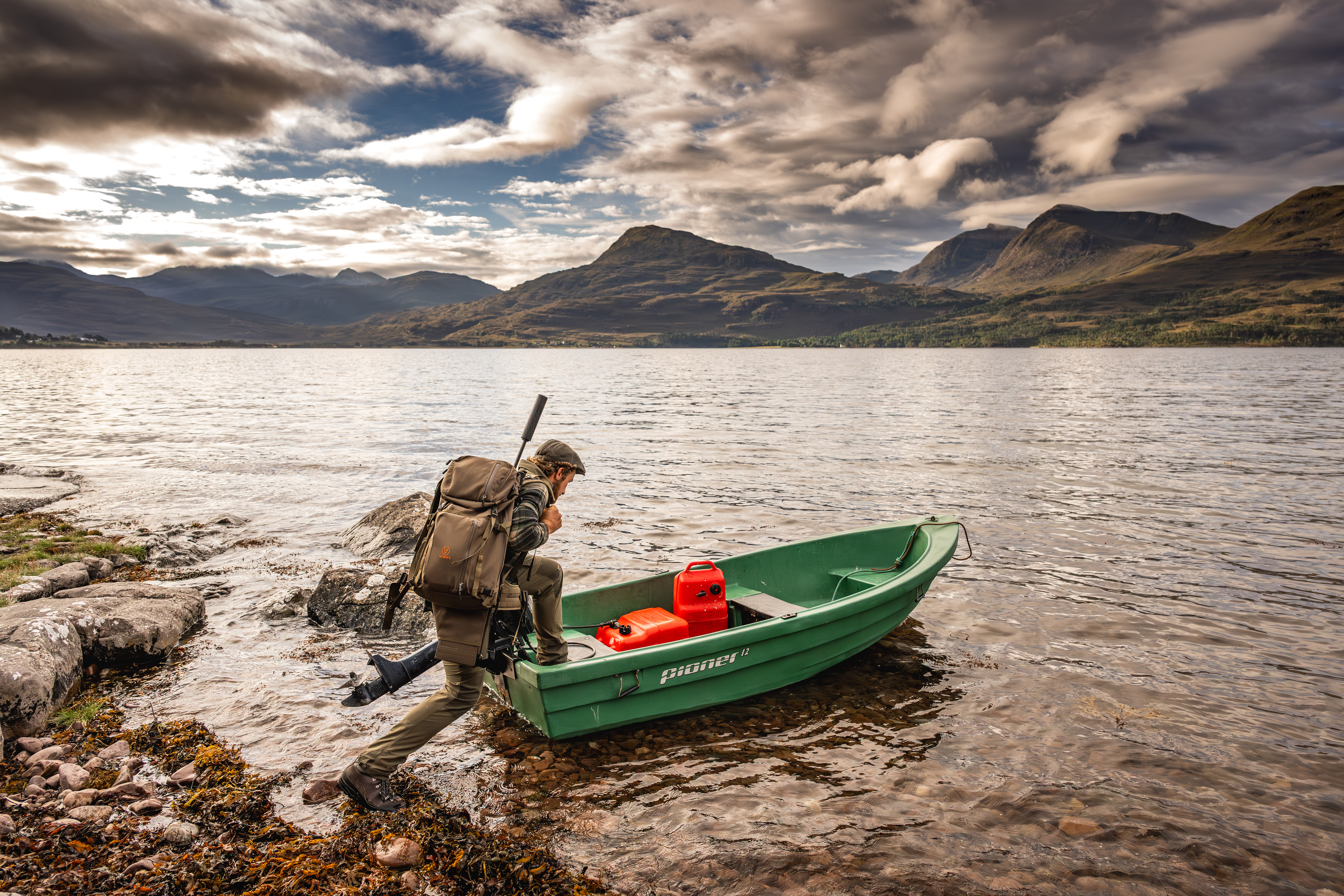Book Review: Art Theft and the Case of the Stolen Turners
When two of Turner’s most famous paintings were stolen from the Tate Gallery in 1994, Sandy Nairne, the gallery’s director of programmes, embarked on a quest to find them and bring them back.


To order any of the books reviewed or any other book in print, at
discount prices* and with free p&p to UK addresses, telephone the Country Life Bookshop on Bookshop 0843 060 0023. Or send a cheque/postal order to the Country Life Bookshop, PO Box 60, Helston TR13 0TP * See individual reviews for CL Bookshop price
Art Art Theft and the Case of the Stolen Turners Sandy Nairne (Reaktion Books, £20, *£17)
On December 20, 2000, the Tate Gallery issued a press release: two of Turner's most famous paintings, Shade and Darkness-The Evening of the Deluge and Light and Colour (Goethe's Theory) The Morning after the Deluge, stolen on July 28, 1994, when on loan to a Frankfurt museum, had been recovered. It marked the conclusion of more than eight years of fraught negotiations, which saw Sandy Nairne, then director of programmes at the Tate, emerge from the rarefied world of academe into the murky underworld of European crime, as curator turned art sleuth.
Mr Nairne gives a gripping account of the complex and delicate negotiations for the recovery of the Turners. Acting throughout ‘under authority from the Charity Commission, the Department for Culture, Media and Sport, and a court order issued in April 2000', as well as the blessing of Tate Trustees, loss adjustors, German authorities and the Met, he embarks on numerous trips to Frankfurt with veteran art detective ‘Rocky' Rokoszynski and meets with the mysterious lawyer Edgar Liebrucks, acting as middleman with those in possession of the paintings (the thieves themselves are already in jail). Widely held to be Balkan gangsters-whom Mr Nairne distances as ‘the other side'-they want the deutschemark equivalent of approximately £3.1 million. It is a fraction of the paintings' £24 million value, which was paid out by Hiscox insurance.
The whole operation cost the Tate £3.5 million and, after a clever deal brokered by Geoffrey Robinson in 1999, by which the gallery bought back the title to the paintings from the insurers for just £8 million, left the Tate with a healthy surplus.
The second half of the book consists of analysis of the more general questions surrounding art theft-most notably, the issue of ethics and the all-important difference between reward (which is legal) and ransom (which is not). Mr Nairne argues that the Tate's payment was neither a ransom nor a ‘buy-back'-which would only encourage further theft-but a reward paid to Mr Lie-brucks for his role in the safe recovery of national treasures. The Tate, he stresses, had no direct dealings with the criminals, nor were they granted immunity. A discreet veil is drawn across the ultimate reci-pients of the £3.1 million, and any subsequent action by German police.
Exquisite houses, the beauty of Nature, and how to get the most from your life, straight to your inbox.
It may be a grey area, riddled with semantic niceties, but there is little doubt that Mr Nairne was motivated by the public interest. The paintings are back at the Tate, giving millions pleasure. Put more bluntly, in the words of Mr Rokoszynski: ‘We had the highest judge in the country telling us that it was legal... Call the money whatever you like.'
* Subscribe to Country Life and up to £50
Country Life is unlike any other magazine: the only glossy weekly on the newsstand and the only magazine that has been guest-edited by His Majesty The King not once, but twice. It is a celebration of modern rural life and all its diverse joys and pleasures — that was first published in Queen Victoria's Diamond Jubilee year. Our eclectic mixture of witty and informative content — from the most up-to-date property news and commentary and a coveted glimpse inside some of the UK's best houses and gardens, to gardening, the arts and interior design, written by experts in their field — still cannot be found in print or online, anywhere else.
-
 The Scottish survival experience, beloved by Sir David Beckham, Ian Wright and heavyweight CEOs, that's all about learning to appreciate the dizzying brilliance of the natural world again
The Scottish survival experience, beloved by Sir David Beckham, Ian Wright and heavyweight CEOs, that's all about learning to appreciate the dizzying brilliance of the natural world againPatrick Galbraith follows in the footsteps of Sir David Beckham — who marked his 50th birthday with a 'survival' experience in the Scottish Highlands.
-
 Athena: This Government must open its eyes to the contribution that heritage and culture can make to our economy
Athena: This Government must open its eyes to the contribution that heritage and culture can make to our economyHeritage is a forgotten driver of growth laments our cultural crusader.
